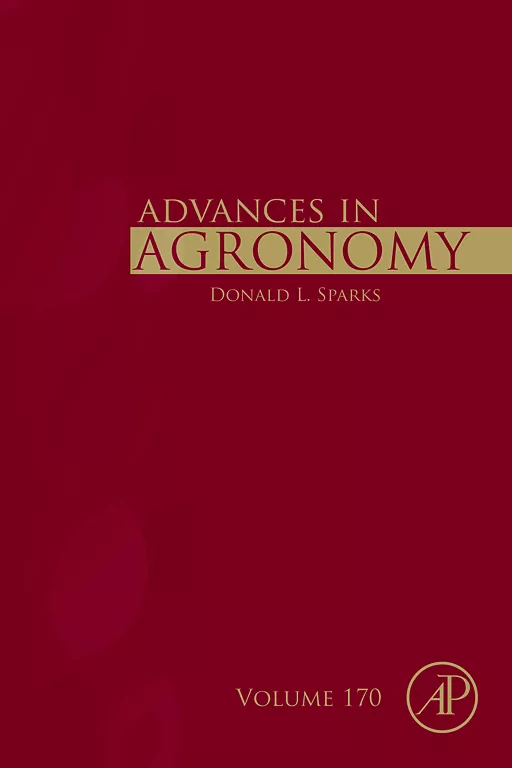The soil health–human health nexus: Mineral thresholds, interlinkages and rice systems in Jharkhand, India
Understanding the role of minerals along biological pathways in the food chain (soil-crop-animal/human) is imperative to solving the global problem of human malnutrition and toxic exposure. This is especially relevant to rice (Oryza sativa L.)—a staple crop in highly populated regions, like India, that are impacted by malnutrition. This chapter presents a comprehensive assessment of current knowledge as well as opportunities for addressing research gaps in the soil health-human health continuum in rice-based systems. In the first part it compiles literature data on 24 essential, beneficial and toxic mineral elements in soil, rice and human hair, discusses their role in critical processes that impact plant and animal/human health, and underscores their lack of established or universally accepted threshold concentrations. In the second part, we report on a study conducted to assess the relationship between soil health and human nutritional health via the staple rice intermediate of subsistence rural farming women in Jharkhand India, using bivariate and multivariate methods. Soil, rice and human hair samples were collected from 43 rice fields and their corresponding households in Jharkhand, India and were analyzed for health indicators. Results revealed that soil health indicators are significantly correlated with rice followed by human mineral status, and that the mineral relations were mostly cross-correlations along the soil-rice-human nexus. We therefore conclude that the soil-rice-human interlinkage exists but of a nature that is highly complex involving a network of indirect and direct associations.
